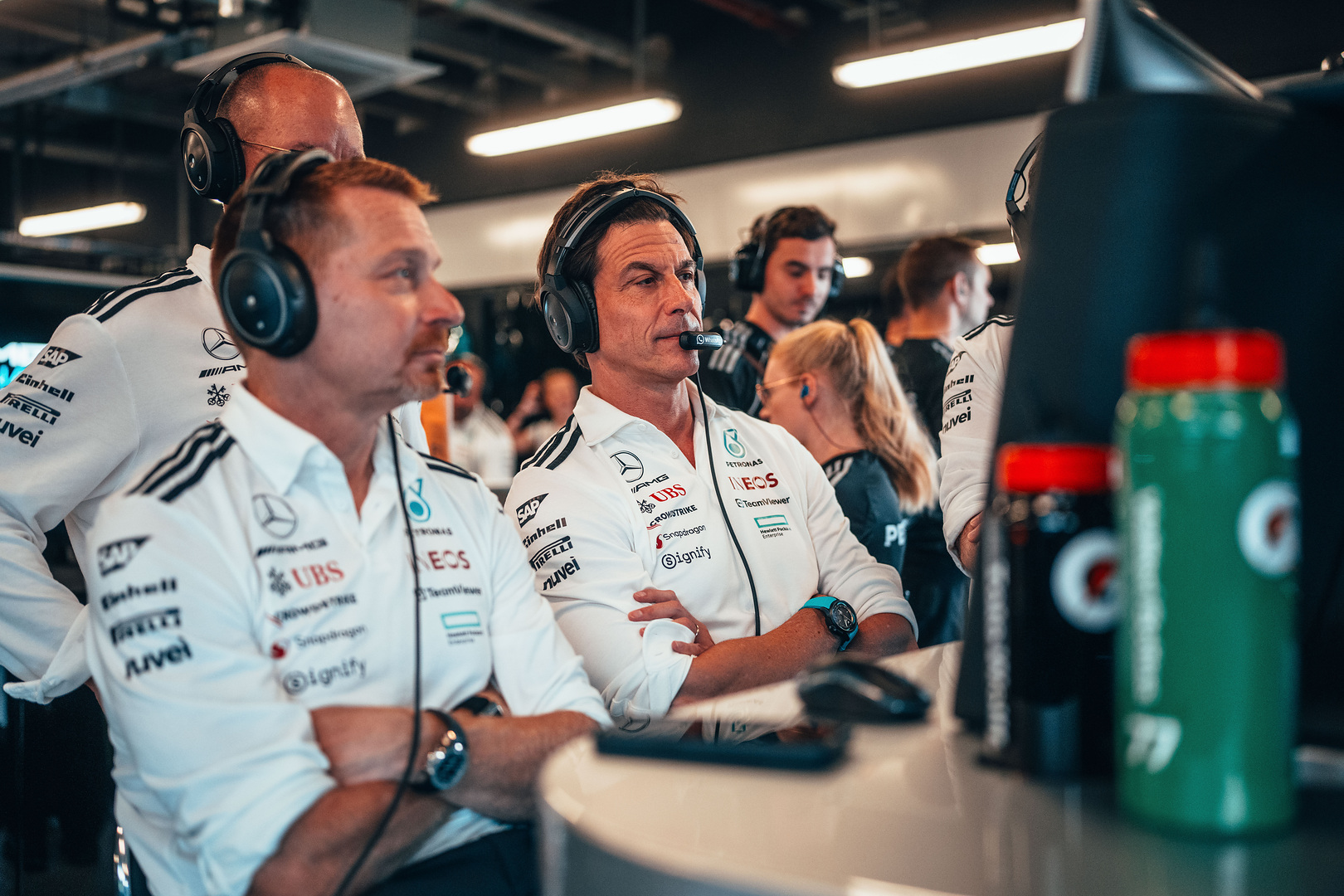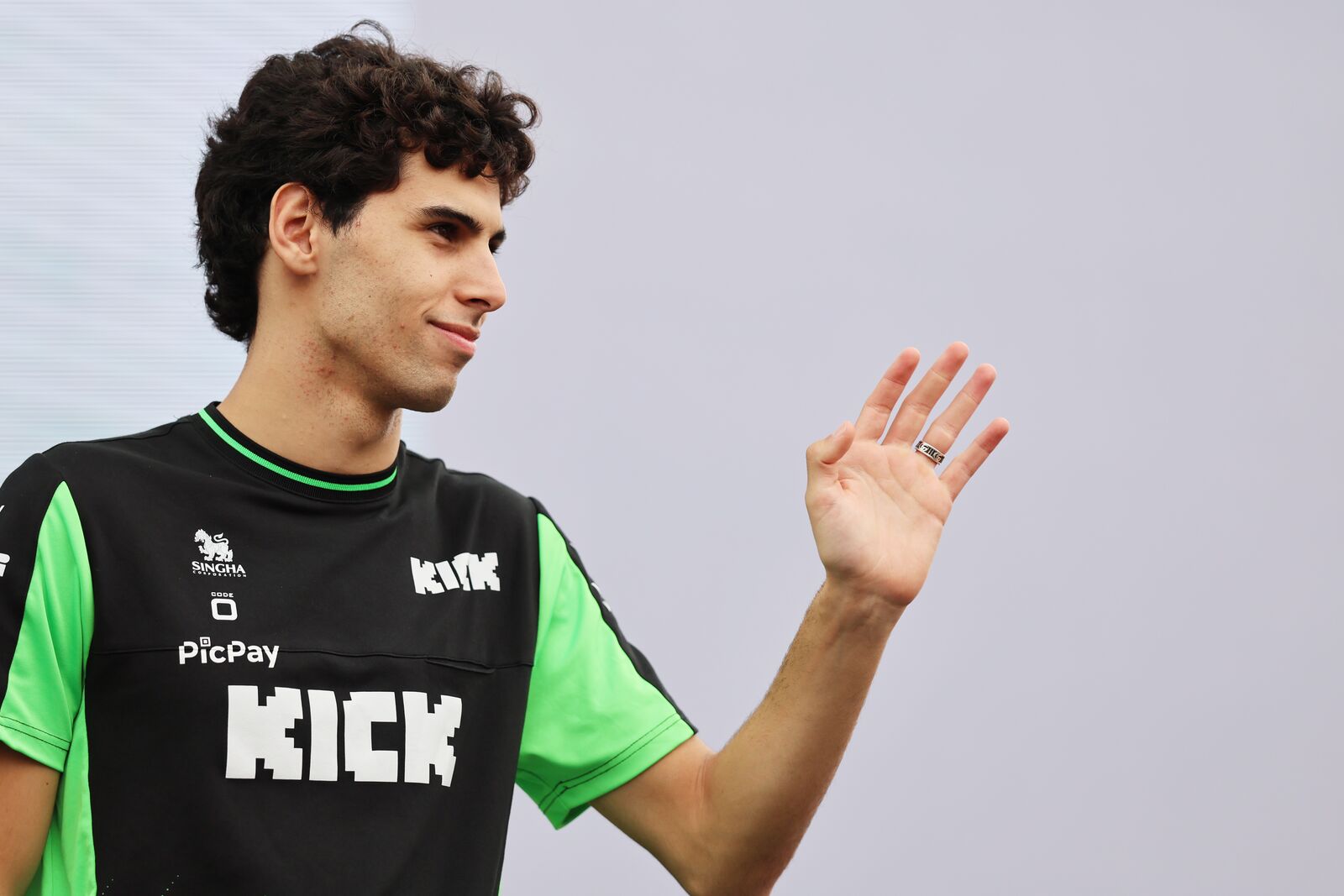
Photo Credit: MoneyGram Haas F1 Team
With the major overhaul in F1 last year in 2022 and some tweaks this year, the primary objective of these technical regulations is closer racing. These regulations were designed with the aim that cars can follow more closely, leading to more ease of overtaking and hopefully the abolishment of DRS in the future.
Going hand in hand with these technical regulations was the introduction of the cost cap, and the sliding scale of wind tunnel time. With all these changes, in theory, teams will come closer together in performance and we’ll inevitability have closer racing.
However, we are still highly dependent on the use of DRS for overtaking. One must ask the question, why the need for these new ground affect cars if they cannot still follow cars closely?
Haas boss Guenther Steiner has given his views on the matter and says changes to the floor from last year to this is having an what diminished and now it seems we are more dependent on DRS than ever before. The lack of overtaking last weekend has had a lot of debate among fans and F1 personnel on how it can be fixed.
Haas boss Gunther Steiner has given his views on the matter and says changes to the floor from last year to this is having an effect.
“I think we need to start to look at why overtaking is more difficult,” he said. “Maybe it has to do with the change of the floor from last year to this year. Maybe it has to do only because everybody has more downforce now that makes it always worse to follow. It could be a combination.”
Steiner has warned that F1 can’t have a knee-jerk reaction to this and need to stay rational with the situation.
“What we need to be careful that we’re not turning the regulations around again in August for next year, because that then is quite annoying because you put a lot of money and development into a car and then ‘oh, now we need to change or we change now or we don’t change’.”
The recent shortening of the DRS zone has also been called into question by Steiner, which he believes should only have been done if there was a safety concern.
“And then the other thing is to also be shortening the DRS zone. I tried to find out why we are doing that. And I still haven’t found an answer, to be honest. I don’t know why it was decided, because I don’t think it’s dangerous, that’s it’s my personal opinion. If somebody explains why it’s dangerous, I am prepared to listen, but I never got an answer on anything like this.”
In the end, the debate and question must be posed ‘Do we want many overtakes during a race, aided by DRS or a titanic battle lap after lap between two drivers?’
Thinking of races from other eras, Imola 2005 and 2006 come to mind. The ferocious battle between Alonso and Schumacher on those occasions actually ended up without an overtake between the two world champions. One has to think that if DRS was in play here, we wouldn’t have seen this battle.
Similarly, the battle between Schumacher and Hakkinen in Spa 2000 wouldn’t have had the same intensity if Hakkinen had the use of DRS. The defending from Schumacher was right on the limit. Only for the opportunistic move from Hakkinen when the backmarker of Zonta helped Hakkinen get the inside line for Les Combes, it was a battle that probably would have lasted another few laps at the very least. However, most probably Hakkinen wouldn’t have had the need to perform such a move if he had the use of DRS.
Finally, F1 personnel and the wider audience and fans need to decide “Do we want a slightly slower car to position their car in a way that stops the faster driver behind from getting overtaken or an overtake to be generated into the stat book for the sake of overtake numbers?“





